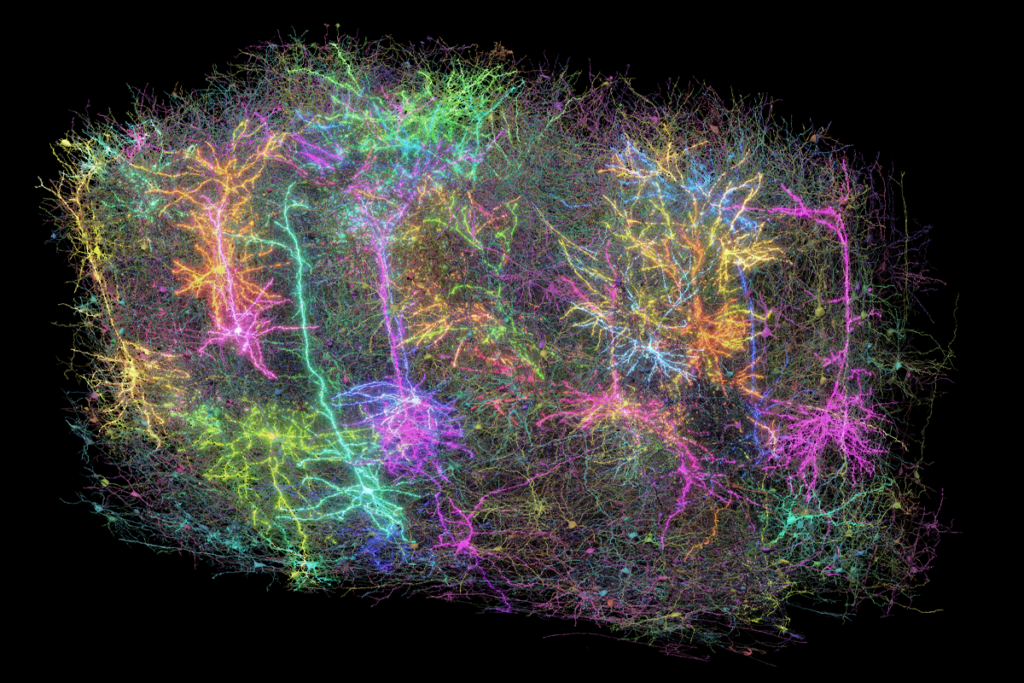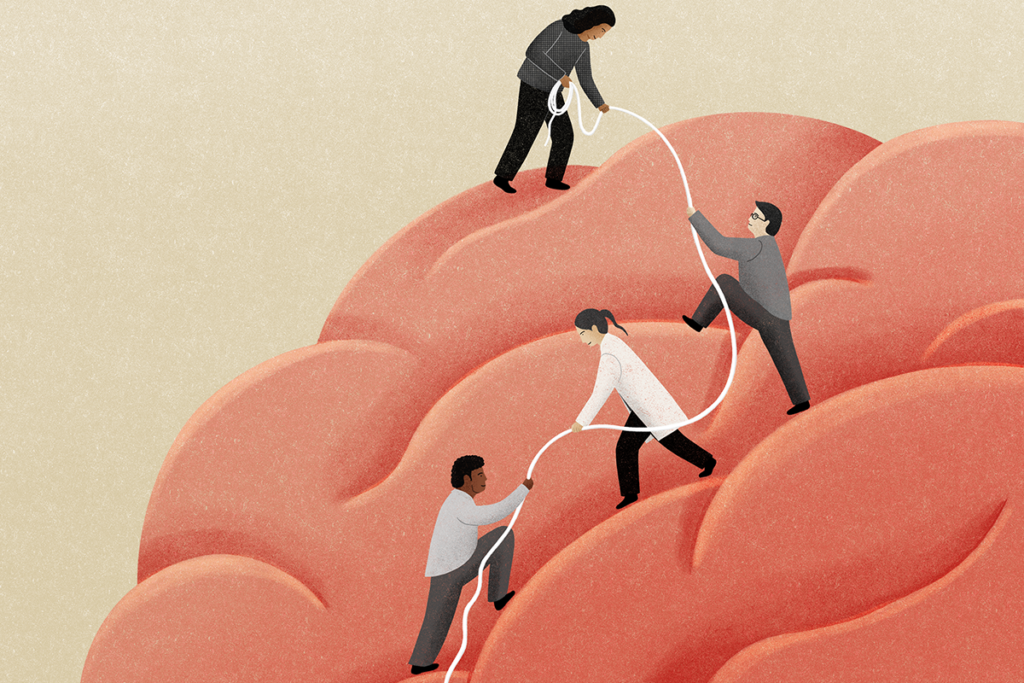Molecular mechanisms: Calming neurons have specific responses
Most inhibitory neurons respond in the same way to a range of visual stimulation, but a subset of them may be tuned in to specific signals, suggest two reports published in September in Neuron.
Most inhibitory neurons respond in the same way to a range of visual stimulation, but a subset of them may be tuned in to specific signals, suggest two reports published in September in Neuron.
The brain is replete with both excitatory and inhibitory signals, and a disruption in the balance between these two types is linked to several disorders, including schizophrenia and autism.
Subtypes of excitatory neurons relay specific signals in the brain in response to various kinds of external stimuli, such as different images. Whether the neurons that send inhibitory signals — called interneurons — show the same specificity is unclear.
In one of the new studies, Mriganka Sur and his colleagues looked at a subtype of inhibitory neurons, called parvalbumin interneurons, by labeling them in the visual cortex of live mice. The researchers analyzed signaling in these neurons while they showed the mice different visual stimuli: lines with varying contrast, orientation and frequency.
They found that some of these neurons respond to all these stimuli, but others respond only to certain visual orientations.
“If inhibitory neurons have specific roles, then when they go awry they will have very particular effects on the circuits they make,” says Sur, head of brain and cognitive sciences at Massachusetts Institute of Technology.
In the other study, Harvard University researchers looked at several types of interneurons — including parvalbumin — and concluded that they respond in the same way to a broad range of stimuli.
One difference between the two studies is that the Sur team looked only at the parvalbumin subtype, whereas the Harvard team sampled a selection of interneurons, potentially missing subtle differences within a single population.
Recommended reading
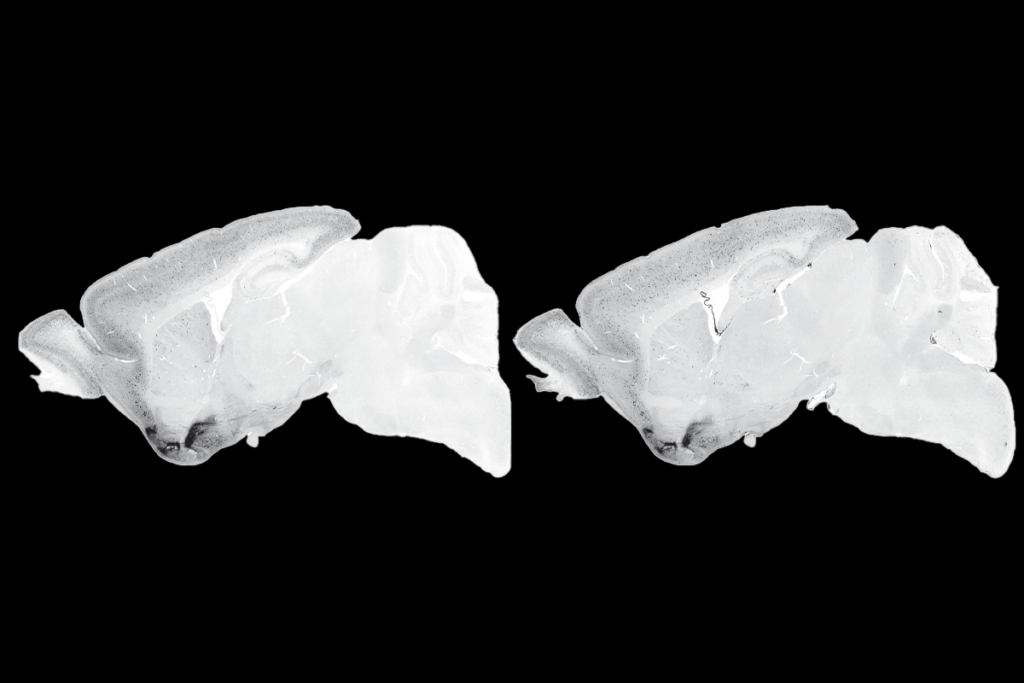
Split gene therapy delivers promise in mice modeling Dravet syndrome
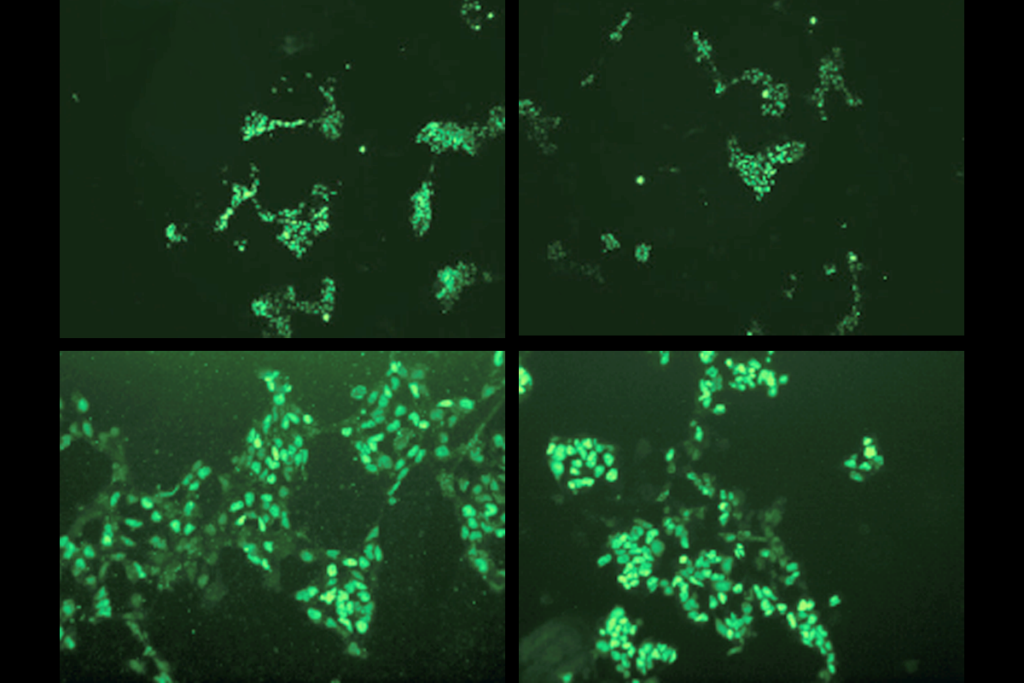
Changes in autism scores across childhood differ between girls and boys
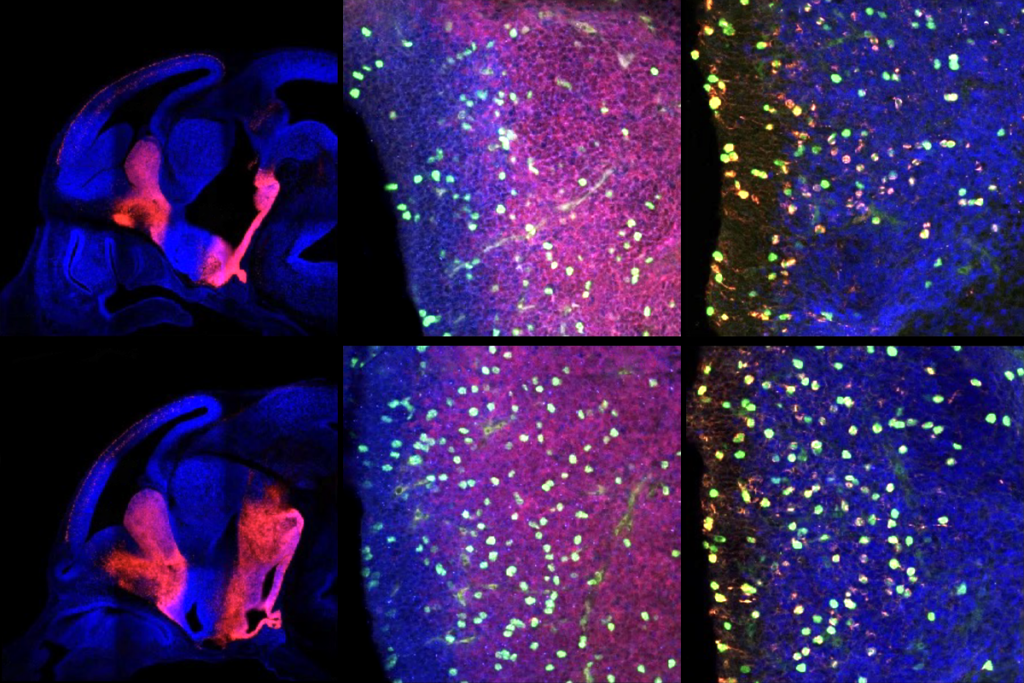
PTEN problems underscore autism connection to excess brain fluid
Explore more from The Transmitter

U.S. human data repositories ‘under review’ for gender identity descriptors
